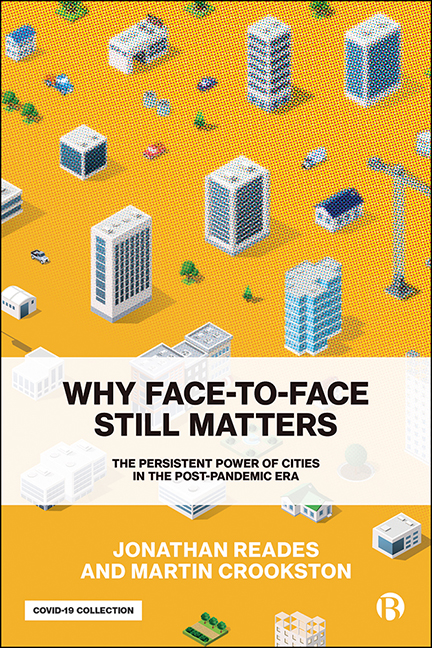3 - Making Markets
Published online by Cambridge University Press: 04 January 2022
Summary
Men, thinly scattered, make a shift, but a bad shift, without many things. A smith is ten miles off: they’ll do without a nail or a staple. A taylor is far from them: they’ll botch their own clothes. It is being concentrated which produces high convenience.
Dr Samuel Johnson in Boswell's Journal of A Tour To The Hebrides, entry for Sunday, 15 August 1773Central places and the markets they make
Following on from the role of the networks in driving location, we now explore how and why central places come to dominate particular markets for goods and services. Goods, labour, skills and data all move in different ways and at different speeds through the networks: they have what Alfred Weber called different ‘weights’, and this in turn implies differing ranges (catchment areas, labour markets and so on), all of which are critical in determining how much centrality matters in each business sector.
The chapter connects the concepts of scale and range to the challenges of risk and uncertainty. It describes the patterns of search and signalling which firms and their people deploy in different types of market. We stress how the subtle signals encoded in the choice of a particular office location are particularly vital in the ‘opaque’ markets which characterize the most dynamic sectors of the 21st-century economy. These are the ones where data on its own will not be enough, because judgement and confidence are critical and, consequently, the potential for face-to-face interaction in central places is a crucial asset.
Swings and roundabouts
In the preceding chapter we argued that, historically, places with high centrality were the foci of economic activity because they were the locations where goods, people and information could be transferred between networks, and where data from diverse sources could be aggregated into actionable intelligence. We’ve also seen that over the course of the 20th century the notion of what a ‘central place’ on the network looked like swung strongly away from water and rail towards roads, and later to airports. We also noted that this seems to have brought with it an apparently irreversible trend towards suburbanization and, ultimately, exurbanization (in the sense of outmovers to rural areas who still maintain an urban way of life and commute or telecommute).
- Type
- Chapter
- Information
- Why Face-to-Face Still MattersThe Persistent Power of Cities in the Post-Pandemic Era, pp. 37 - 64Publisher: Bristol University PressPrint publication year: 2021



